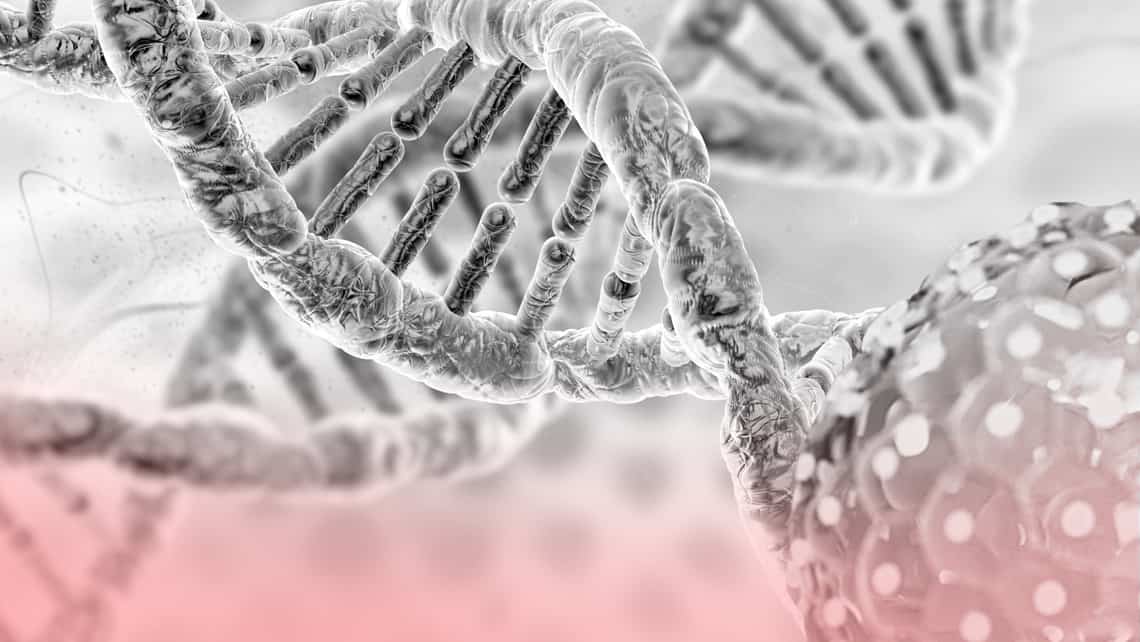
What is embryo mosaicism?
Human beings have 46 chromosomes (23 pairs) and these chromosomes contain all the genes in the genome. Half of the 46 chromosomes come from our father and the other half come from our mother. Right from the embryo stage, humans need the number of chromosomes to be normal in order for them to develop correctly. If the number of chromosomes is not correct (there are too many or too few), the embryo does not develop appropriately and, as a result, it does not implant in the mother’s uterus, it leads to a pregnancy loss or the mother gives birth to a child with malformations.
If an embryo has developed following in vitro fertilisation, we are able to avoid situations such as these by using comprehensive embryo chromosome diagnosis techniques (PGS/PGT-A/CCS). The powerful technology that we currently have at our disposal (array CGH and next generation sequencing) means that we are able to identify abnormalities in the number of any of the chromosomes, ensuring that we only transfer embryos that are chromosomally normal. Diagnosis of this kind is performed using an embryo biopsy. It entails removing between 5 and 10 cells from the external layer of the embryo (the future placenta) between days 5 and 7 of embryo development. This procedure does not impede the embryo from developing and implanting correctly.
A phenomenon that occurs in human embryos known as chromosomal mosaicism has been described since techniques such as these for embryo chromosome diagnosis have been in use.
Embryo mosaicism means that the embryo has a mixture of chromosomally normal and abnormal cells (in one or several chromosomes). This abnormality is the result of poor separation of the chromosomes during embryo division. It does not appear to have any connection to any factor in the mother or in the father. It is estimated that 20% of human embryos have chromosomal mosaicism. The abnormal cells in a given chromosome can go from 20% to 80% of the total number of cells in the embryo.
It has been demonstrated that although the capacity of embryos diagnosed as mosaic to implant and give rise to a developing pregnancy is somewhat lower than that of non-mosaic embryos, this capacity is not however insignificant. According to a study carried out at our centre, mosaic embryos lead to early miscarriages in a higher percentage than normal embryos, while approximately 30% result in a viable pregnancy (Lledó et al., 2017). This is because these embryos seem to be able to somehow repair the abnormal cells or because these cells simply divide more slowly than the rest and end up disappearing, thereby producing a completely normal embryo. Another theory is that cells with chromosomal abnormalities are located in the outer layer of the embryo and not in the inner cell mass that gives rise to the future baby.
In the case of mosaic embryo transfer, these embryos should only be considered for transfer when no normal embryos are available, and patients should always be given appropriate genetic counselling prior to any such transfer. The patient should be made aware of the nature of the mosaicism and any specific risk that may exist in each case – such risks may range from non-implantation or miscarriage to a child with a syndrome or malformation. To date, out of all the mosaic embryos that have been transferred worldwide, there have been no reports of a child having been born with problems related to a diagnosed mosaicism in the embryo. However, until more is known about this biological event and its consequences, a number of precautions should be taken during pregnancy, such as increased ultrasound monitoring and/or prenatal testing to detect any possible abnormalities in the foetus before birth.
The Preimplantation Genetic Diagnosis International Society (PGDIS) recommends that an amniocentesis be performed to confirm that the foetal karyotype is normal, or at the very least a non-invasive prenatal test (NIPT). Together with the geneticist, the physician will be responsible for evaluating each case and recommending the most appropriate prenatal test to patients.
At the Instituto Bernabeu we use state-of-the art technology to diagnose the chromosomes of the embryo, and we have a multidisciplinary team of physicians and geneticists who will advise you in these cases.
Instituto Bernabeu research publication:
Dr Ruth Morales, a molecular biologist at Instituto Bernabeu.
IT MAY ALSO BE OF INTEREST TO YOU
